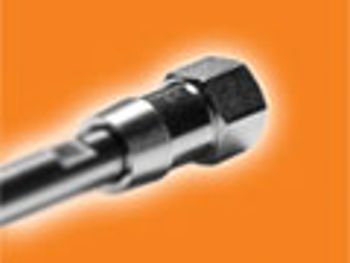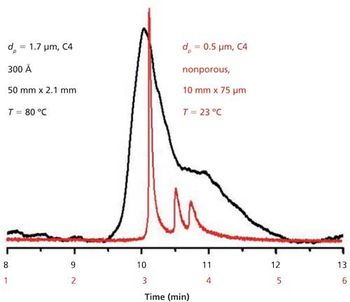UHPLC instruments from different manufacturers and instruments with different configurations can produce significant variations in chromatographic separation. The variety in instrument configuration increases the complexity of the method development process, which now requires a more thorough evaluation of the effect of instrument variations on the method. The studies presented here determined the typical inter-instrument variations in dwell volume, extra-column dispersion, and mixing efficiency as measured by mobile phase compositional accuracy. Additionally, the dwell volume and extra-column dispersion were independently and systematically varied to evaluate the resulting impact on resolution for a small molecule test mixture during gradient elution. To account for these inter-instrument variations, dwell volume and wash-out volume method translation and adjustment techniques were evaluated.







